75 years ago, US troops began the main battle of the long, bloody fight to kick the Japanese out of the Philippines
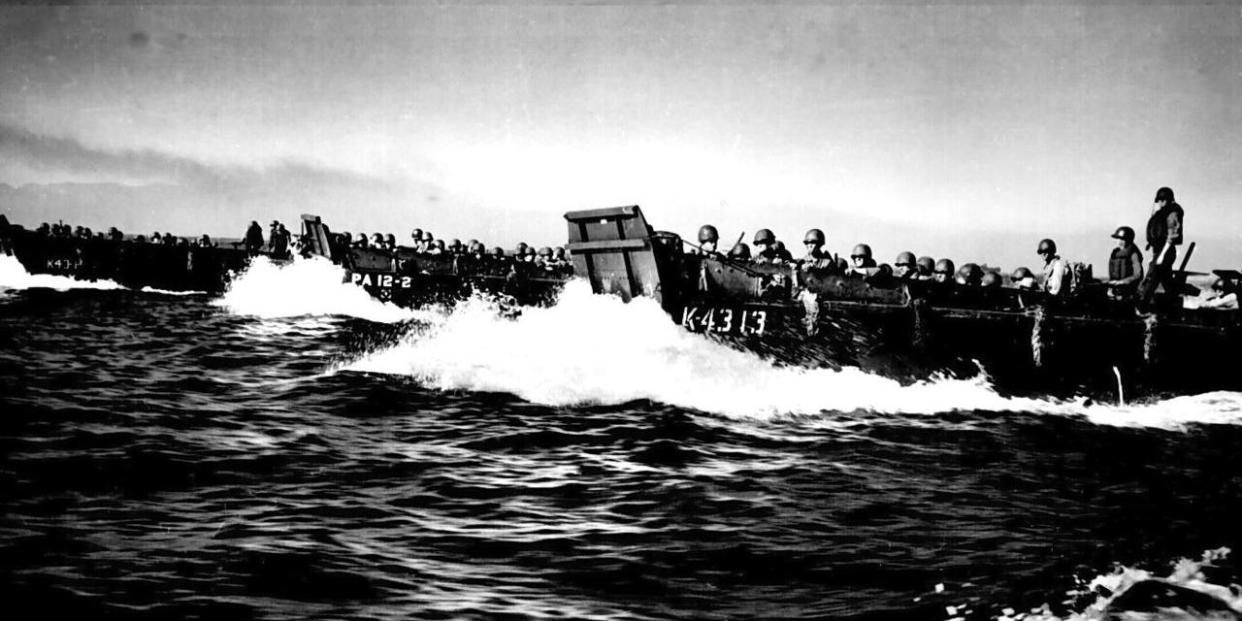
US Navy
In the first days of January 1945, US troops waded ashore in Luzon, the largest island in the Philippines, to begin recapturing it from Japan.
About 230,000 Japanese and more than 10,000 US troops would die in the fighting for Luzon, which lasted until the Japanese surrender in August 1945.
WASHINGTON — Seventy-five years ago, US forces began the invasion of Luzon, the largest and most populous island in the Philippines, thereby fulfilling Army Gen. Douglas MacArthur's 1942 pledge to recapture the island from the Japanese.
Since the Japanese controlled nearly every island between the Philippines and Hawaii in 1942, getting to the Philippines meant seizing many of those islands, which included Guadalcanal, Saipan, Tinian, Tarawa, and Peleliu. The islands would provide runways for US aircraft and deny them to Japan.
Rather than strike directly at Luzon, Army and Navy planners decided first to capture the Philippine islands of Leyte and Mindoro to the south. Two airfields were established on Mindoro in late December 1944 from which aircraft would be launched to assist in the landings on Luzon.
A US fleet of some 70 ships carried 175,000 troops from the 6th Army to the beaches of Lingayen Gulf, on northwest Luzon, where the landings took place January 9, 1945. A naval bombardment of the shore assisted.
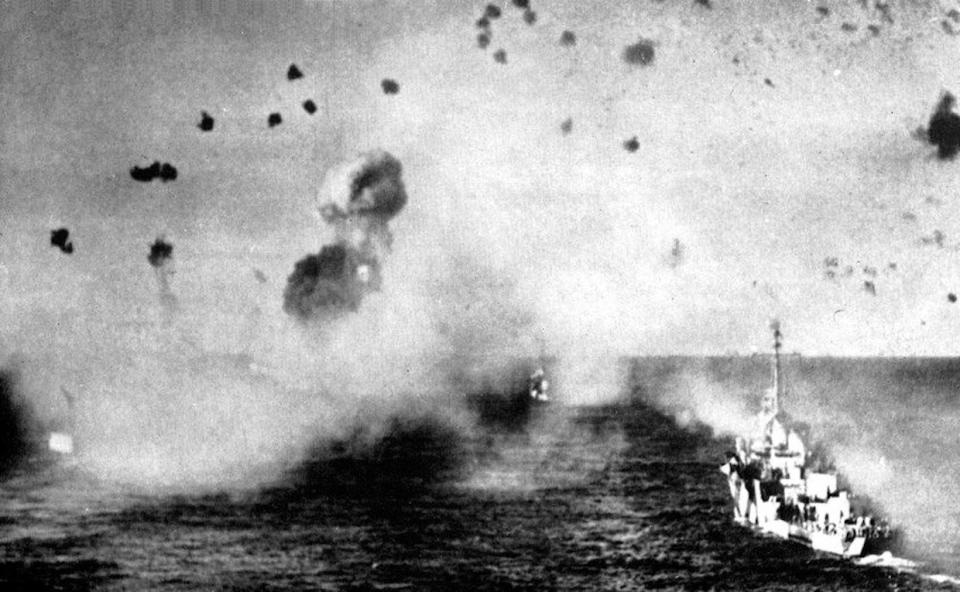
US NavyThen on January 15, a second smaller invasion took place, 45 miles southwest of the capital Manila.
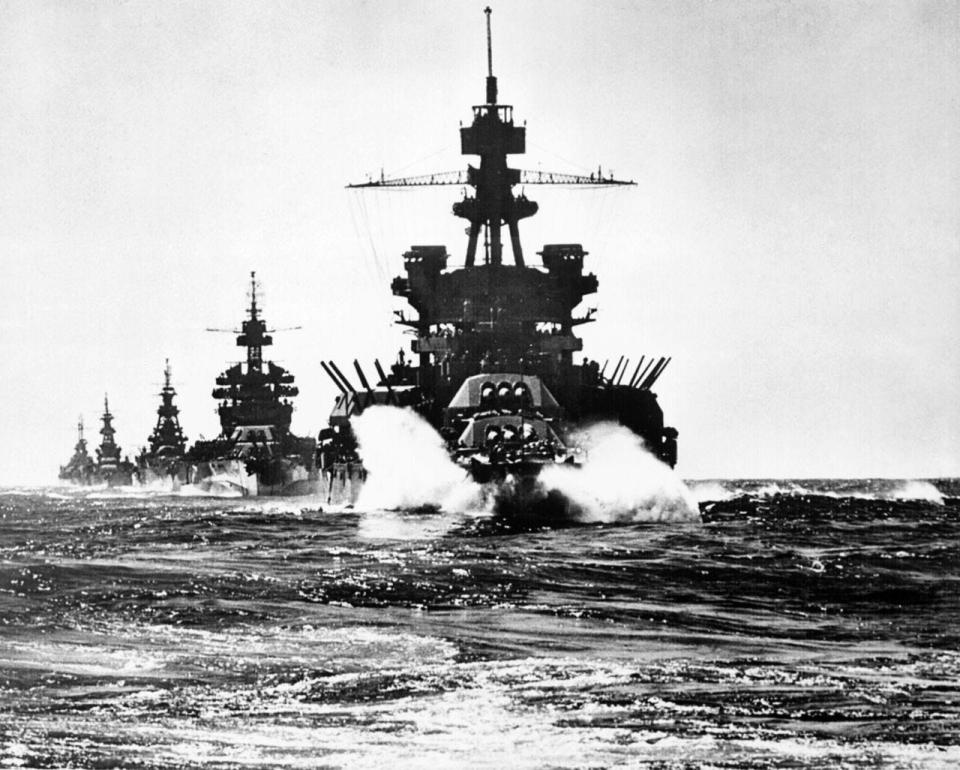
US NavyUltimately, 10 US divisions and five independent regiments would see action on Luzon, making it the largest campaign of the Pacific war and involving more troops than the US had used in North Africa, Italy, or Southern France.
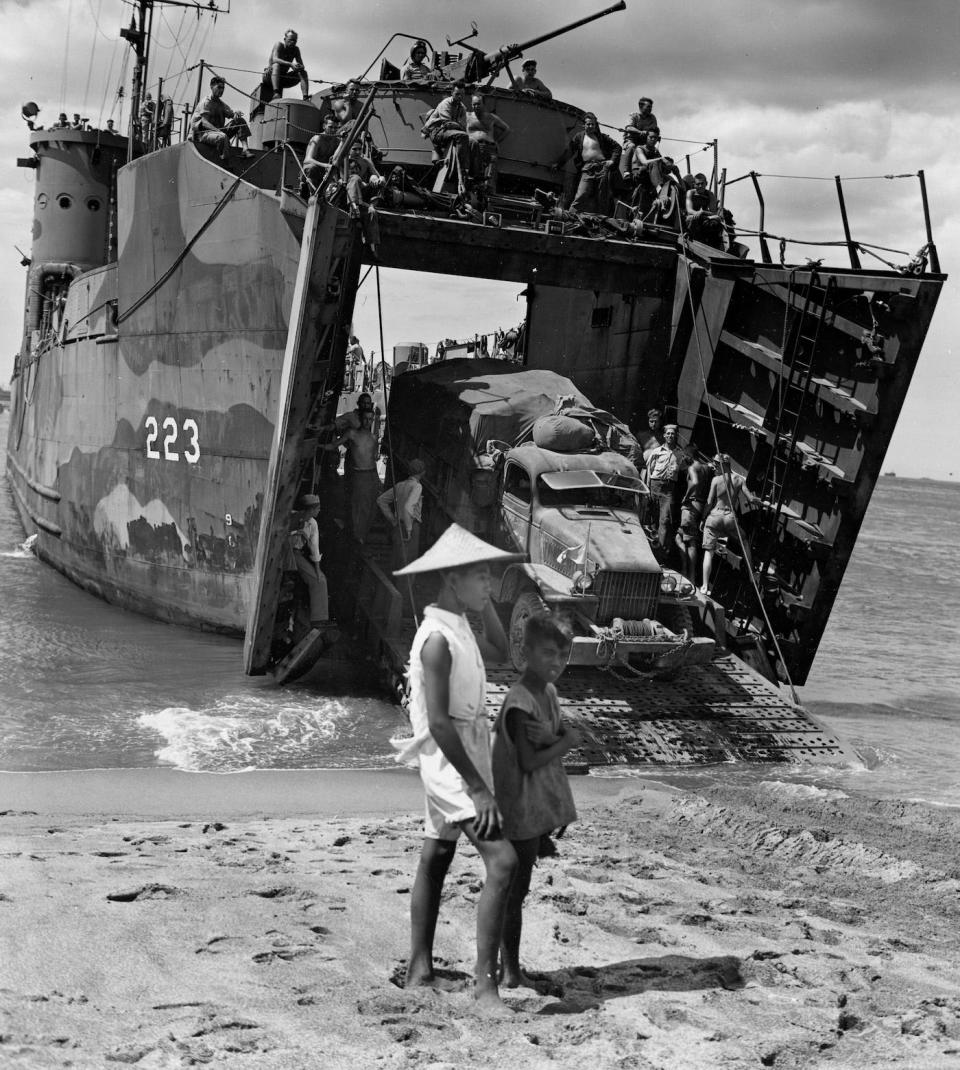
AP Photo/US NavyAfter heavy fighting, elements of the 1st Cavalry Division entered Manila on February 4, 1945. In so doing, the soldiers liberated a camp holding about 4,000 civilian prisoners.
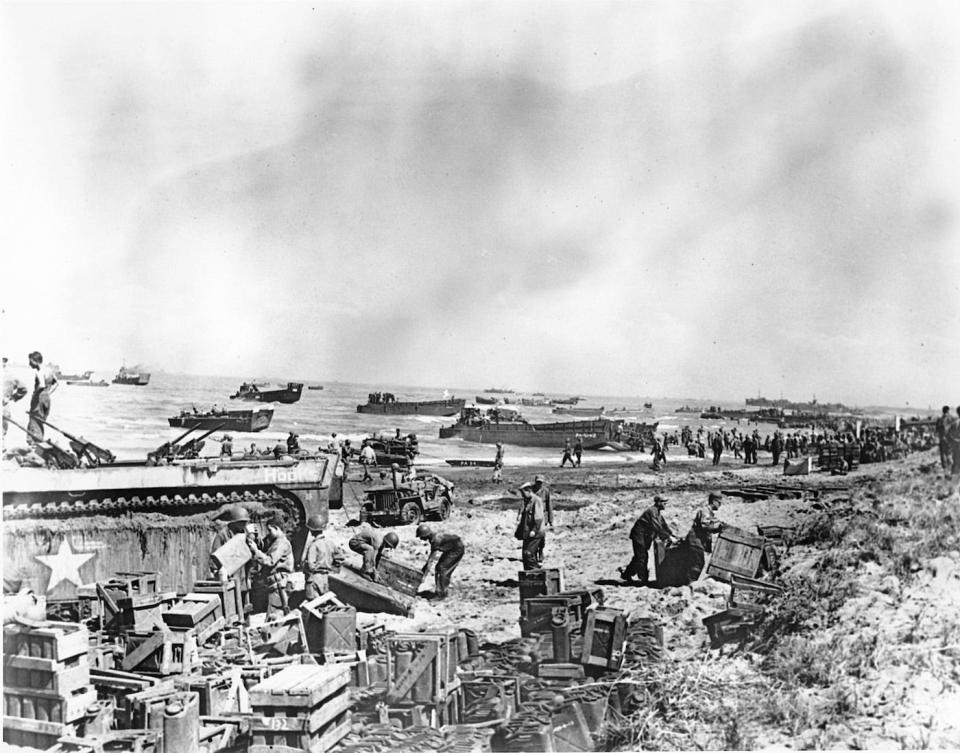
AP Photo/US Army Signal CorpsLiberating Manila, the largest city in Southeast Asia, was not easy, however. Fighting continued until March 4, 1945, when the city was officially declared liberated.
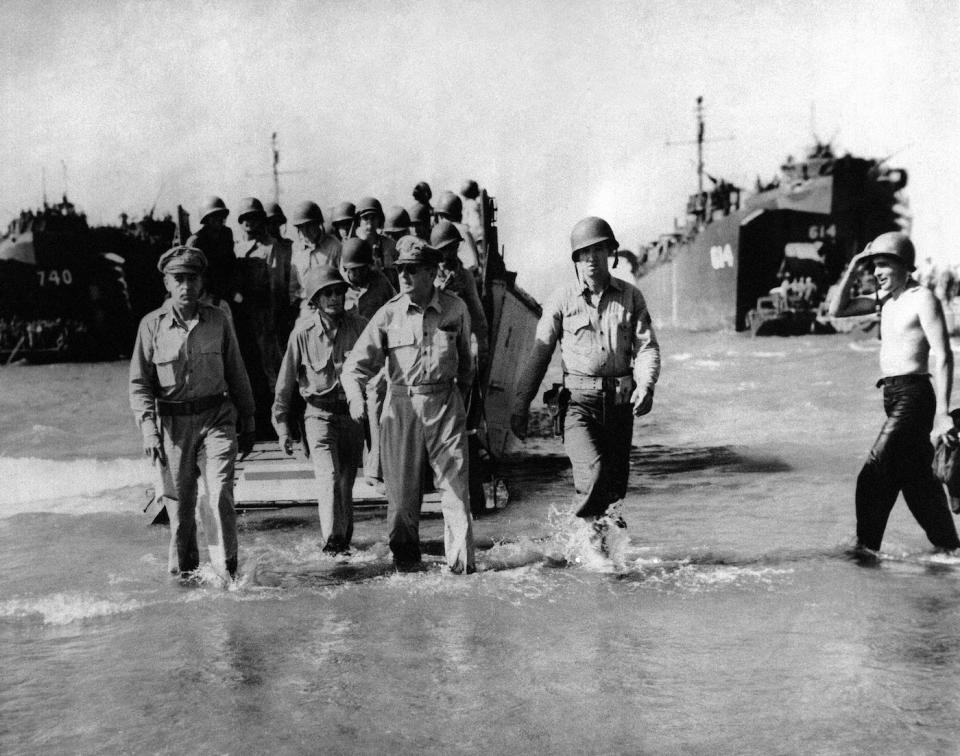
AP PhotoThe capture of Manila didn't end the fighting, which continued in the hinterlands of Luzon until the surrender of Japan on August 15, 1945.
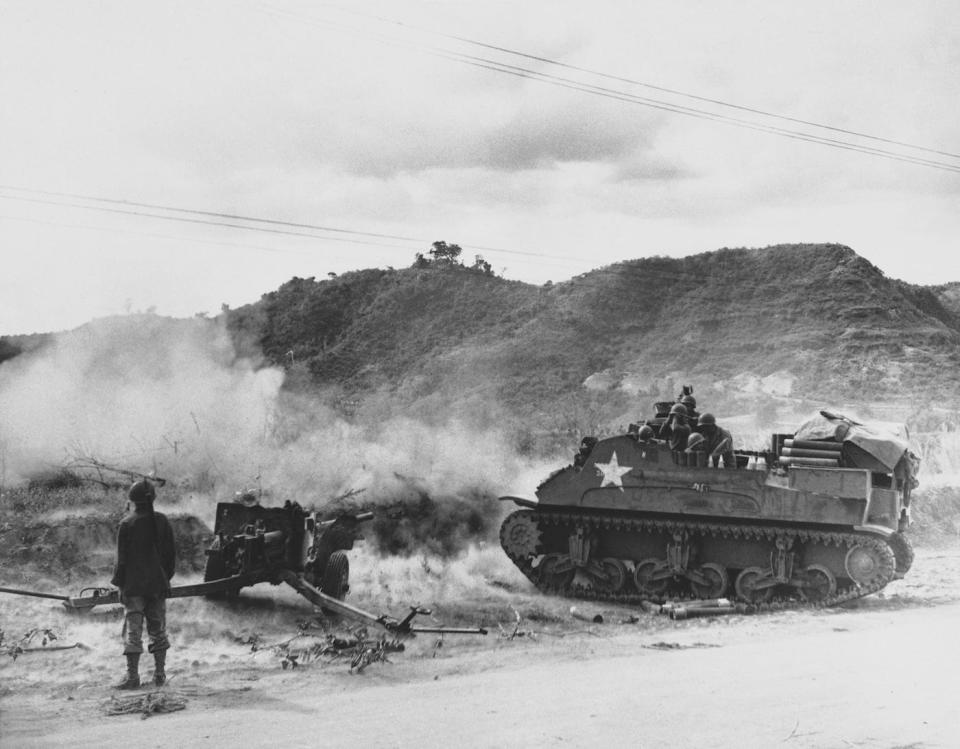
AP PhotoCasualties on both sides were staggering. About 230,000 Japanese were killed on Luzon. American casualties were also high. Ground combat casualties for the 6th and 8th Army were 10,380 killed and 36,550 wounded.
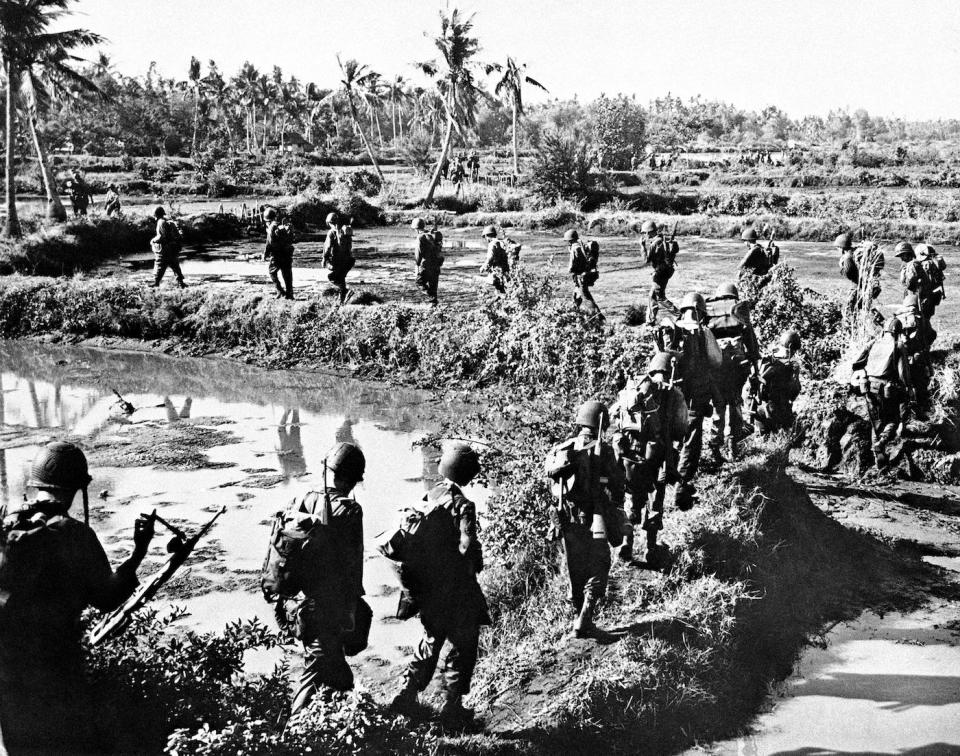
AP PhotoBy the summer of 1945, the Americans had thus destroyed nine of Japan's best divisions and made another six combat ineffective on Luzon. Losses stemming from the battle so drastically reduced Japanese airpower that kamikaze operations were used throughout the rest of the war.
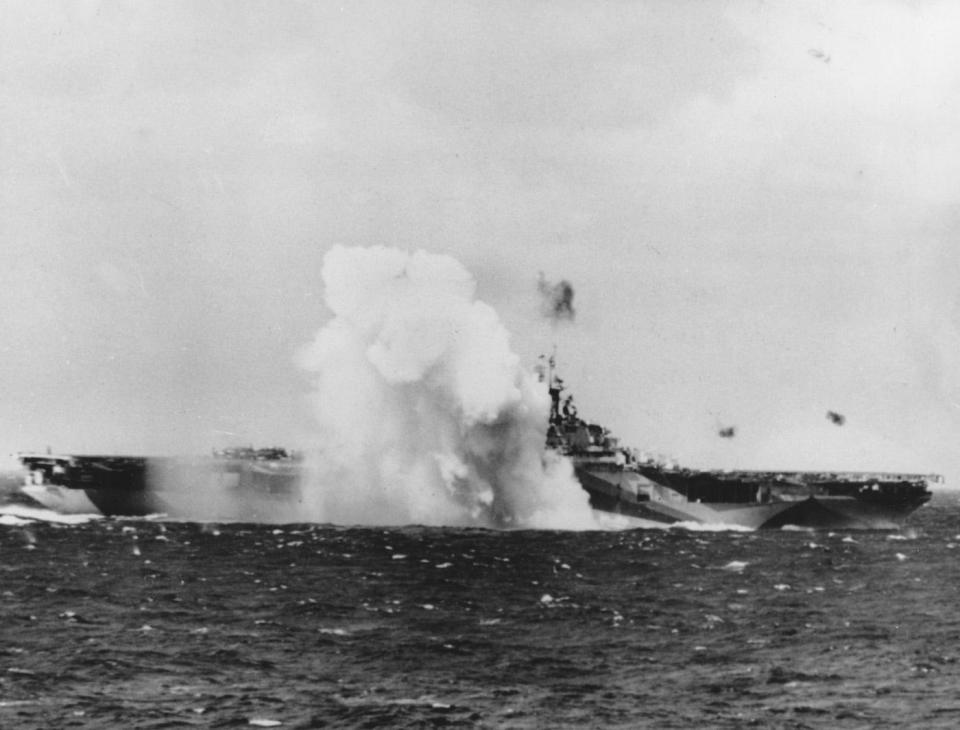
AP Photo/US NavyIt should be noted that Mexican and Australian troops also participated in the battle for Luzon, as did a large number of Filipino fighters.
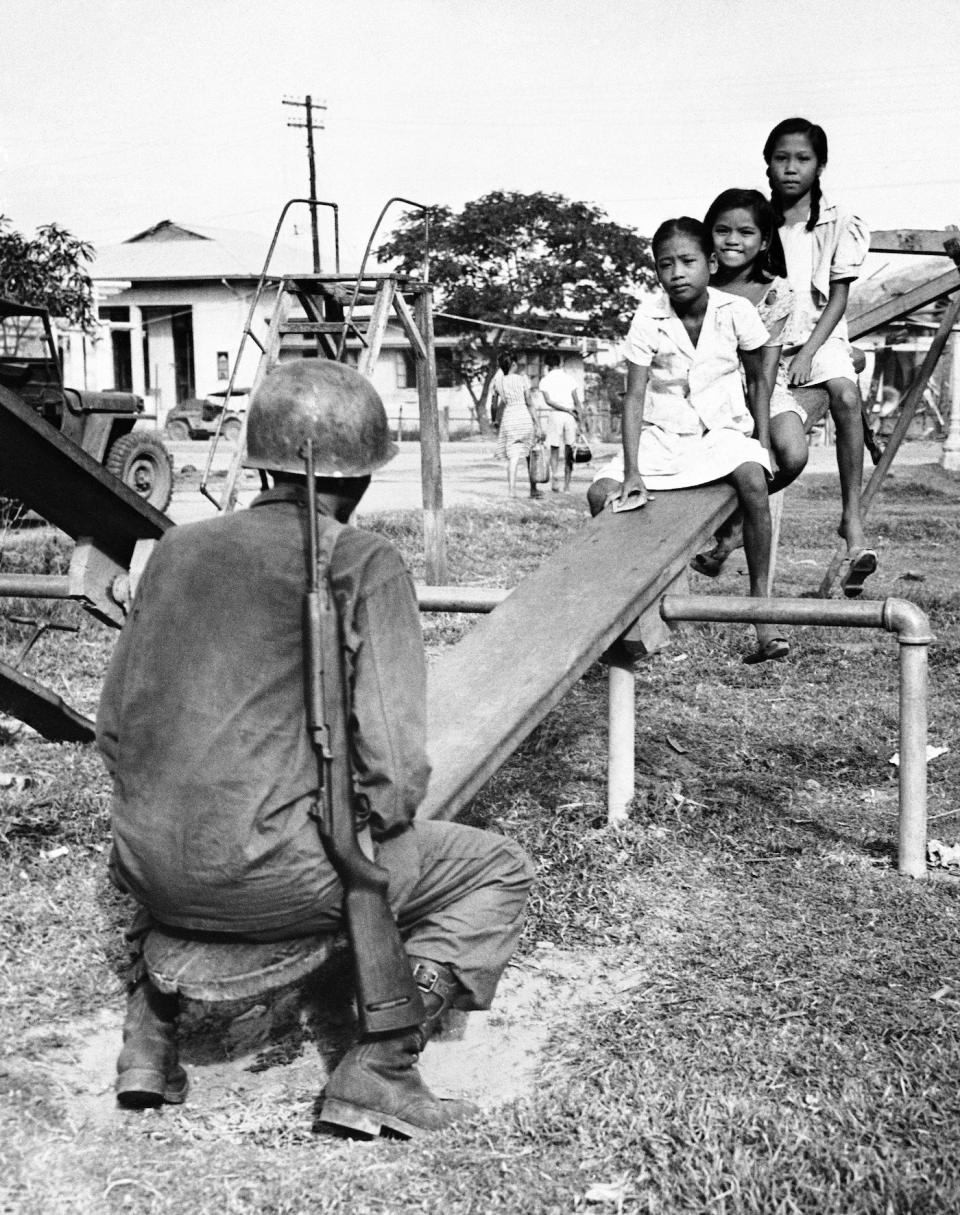
AP PhotoIncidentally, before and during the war, the Philippines was a commonwealth of the US, similar to the status of Guam and Puerto Rico today. In 1946, the US recognized the Philippines as an independent nation.
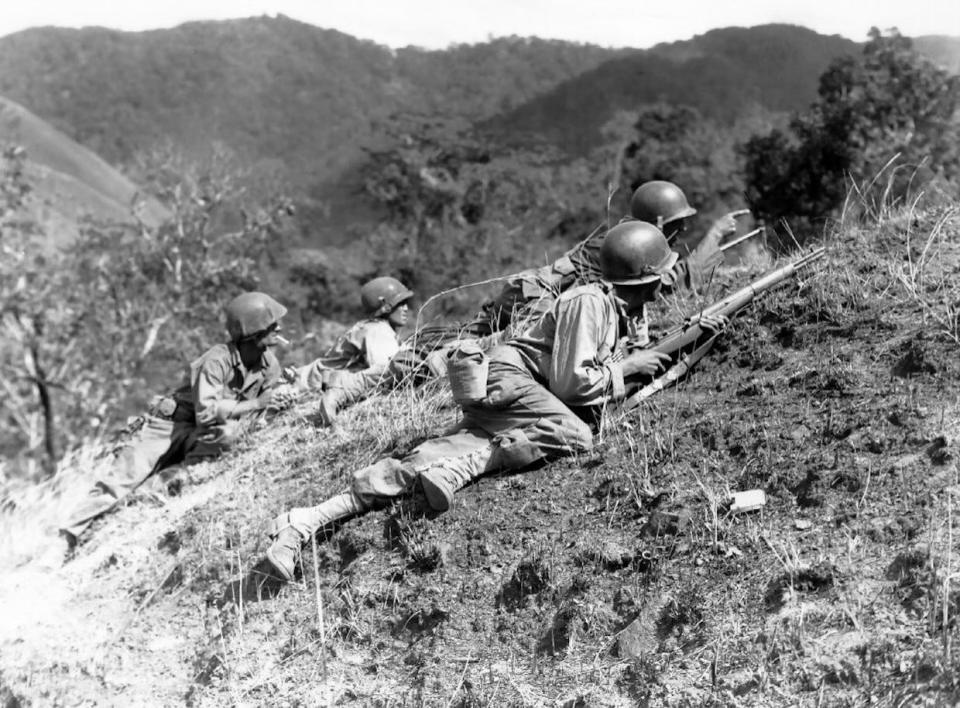
US Army
Read the original article on Business Insider

